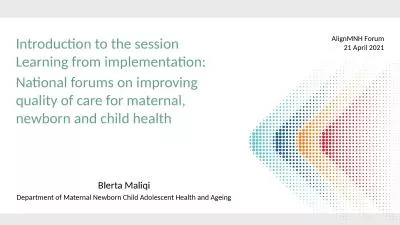PPT-Strategies to support maternal-newborn bonding for mothers
Author : lindy-dunigan | Published Date : 2017-05-21
Ellemes PhumaNgaiyaye MSC Mzuzu University Malawi Bonding is considered the central developmental force across the lifespan Feldman Weller Leckman Kuint amp
Presentation Embed Code
Download Presentation
Download Presentation The PPT/PDF document "Strategies to support maternal-newborn b..." is the property of its rightful owner. Permission is granted to download and print the materials on this website for personal, non-commercial use only, and to display it on your personal computer provided you do not modify the materials and that you retain all copyright notices contained in the materials. By downloading content from our website, you accept the terms of this agreement.
Strategies to support maternal-newborn bonding for mothers: Transcript
Download Rules Of Document
"Strategies to support maternal-newborn bonding for mothers"The content belongs to its owner. You may download and print it for personal use, without modification, and keep all copyright notices. By downloading, you agree to these terms.
Related Documents

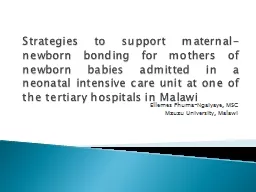
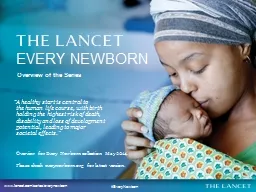
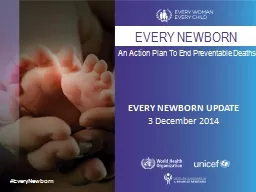

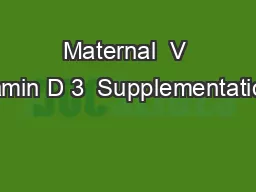
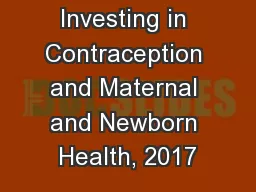

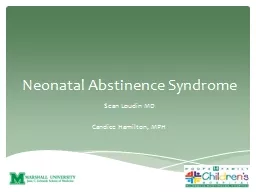

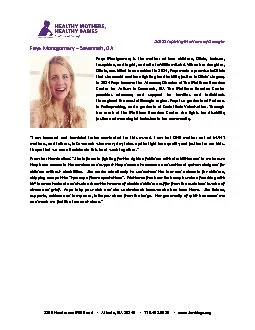

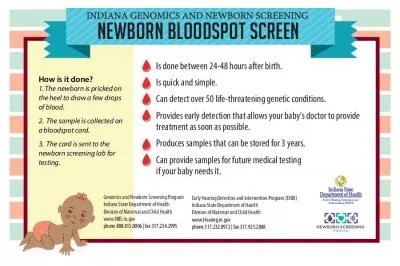
![[DOWNLOAD] Maternal Newborn Nursing Exam Secrets Study Guide - Exam Review and Practice](https://thumbs.docslides.com/1007617/download-maternal-newborn-nursing-exam-secrets-study-guide-exam-review-and-practice-test-for-the-maternal-newborn-nurse-test-2nd-edition.jpg)
